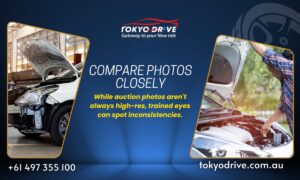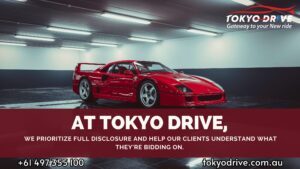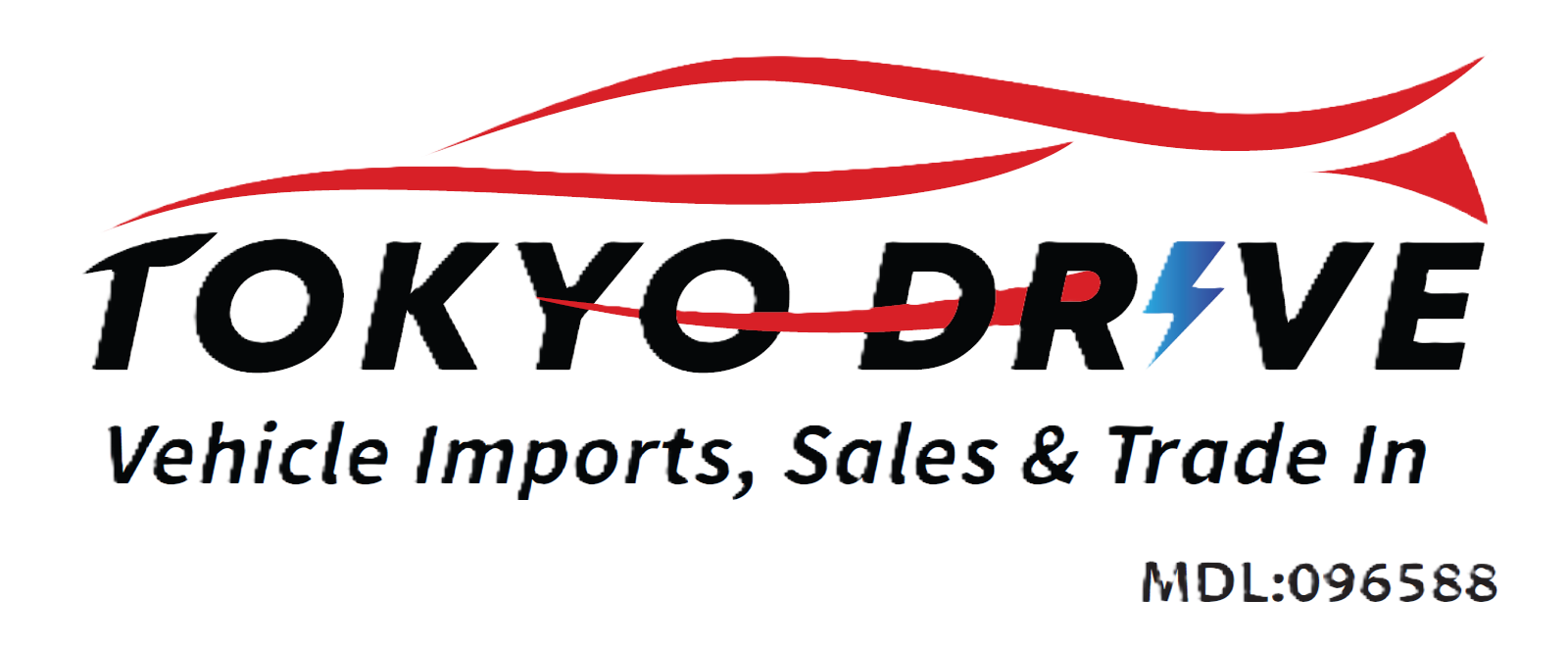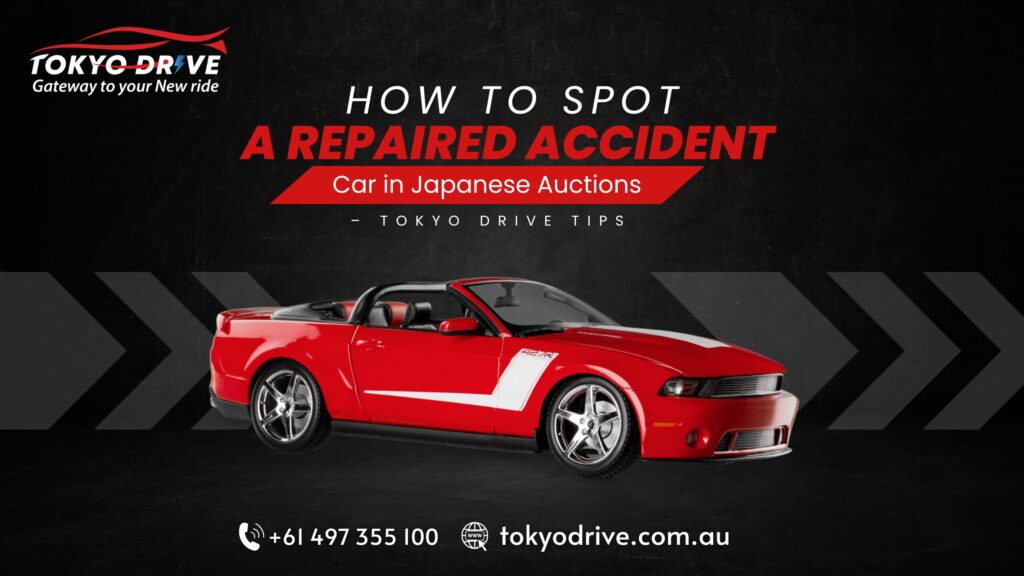When you’re browsing through Japanese car auctions looking for your dream JDM import, the options are exciting and endless. From pristine performance machines to classic collector models, Japan’s used vehicle market has something for everyone. But here’s the thing: not all cars at auction tell the full story upfront. Some may have been involved in accidents and then repaired, only to be passed off as clean or lightly damaged. That’s why it’s essential to understand how to spot a repaired accident car — and that’s exactly what Tokyo Drive is here to help with.
Why It Matters
Buying a car with a hidden accident history can lead to costly repairs, safety concerns, and resale value issues. Even if a car looks great on the outside, structural repairs, poor-quality fixes, or replaced panels can impact its performance and longevity. Tokyo Drive specializes in helping Australian buyers avoid these risks by identifying the red flags before you place your bid.
1. Understand Auction Sheet Grading
The Japanese auction system uses a detailed grading sheet for every vehicle listed. This includes both an overall grade (like 3.5, 4, or 4.5) and specific notes about exterior and interior condition. Cars that have been in major accidents are typically labeled as “R” (repaired) or “RA” (accident-repaired). Some might even show up with grade 0 or A for heavily modified or damaged units. Tokyo Drive always interprets these sheets in detail for its customers.
2. Decode the Diagrams
Alongside grading, auction sheets feature a car diagram marking dents, scratches, and replaced or repainted panels. Symbols like X (panel replaced), XX (panel replaced and painted), and W (wavy panel) help identify problem areas. If you see several panels marked with XX or X, it’s a red flag for extensive repair history.
3. Compare Photos Closely

While auction photos aren’t always high-res, trained eyes can spot inconsistencies. Check for mismatched paint shades, uneven panel gaps, or non-OEM parts. At Tokyo Drive, we carefully analyze every vehicle image to detect subtle differences that could suggest body repairs.
4. Inspect Under the Hood and Chassis (if available)
Photos of the engine bay or undercarriage (when provided) are goldmines of information. Look for weld marks, fresh undercoating, or any irregularities in the metalwork. These may indicate that structural components were previously damaged and replaced.
5. Know the Common Red Flags
Tokyo Drive experts pay attention to more than just visible signs. Mileage that seems unusually low for the vehicle’s age, inconsistent wear on the interior, or missing service records are all signals that something might be off. Also, if a vehicle is priced significantly below market value, it’s worth digging deeper.
6. Let Tokyo Drive Review the Vehicle for You
Tokyo Drive brings years of experience in the Japanese car auction industry and has a team fluent in Japanese who communicate directly with auction houses. We provide verified translation and analysis of auction sheets, request additional photos when needed, and guide our clients on whether a vehicle is a smart buy or a hidden hazard.
7. Request a Third-Party Inspection
In some cases, we recommend having a local Japanese mechanic or third-party inspection company assess the car before bidding. It adds a small cost, but for high-value vehicles, this added assurance is worth every cent.
8. Trust Experience and Transparency
Ultimately, spotting a repaired accident car comes down to knowledge, transparency, and attention to detail. At Tokyo Drive, we prioritize full disclosure and help our clients understand what they’re bidding on. We don’t just import cars — we import confidence.

Conclusion
Spotting repaired accident cars in Japanese auctions doesn’t have to be daunting. With the right knowledge, support, and partners like Tokyo Drive, you can avoid costly mistakes and drive away in a reliable JDM import that brings joy for years to come. So next time you’re browsing through those sleek Nissans, Hondas, or Toyotas, keep these tips in mind. And remember: if in doubt, reach out to the Tokyo Drive team — your trusted import partner in Australia.


